|
|
|
|
Products mentioned in this Article
|
|
|
|
|
|
|
|
|
 |
|
|
 |
| Late War Painting and Hobby Resources |
|
Building a new army can be a exciting and fulfilling project, however it can be a little daunting to find all the most useful resources to help you get started.
On this page you will find a collection of links to the most useful articles throughout the Flames Of War website (and more) to help you make the most of this experience.
|
 |
| There are many great tutorials on how to paint Flames Of War miniatures, here you can find links to our favourite content. Use these to draw painting colour, technique tips and inspiration from. Just remember there is no right way to paint, there is just your way. |
How To Paint British Shermans
|
How To Paint the Churchill
|
|
|
Puttying Flames of War Bases Made Easy
(with our brown bases make this much easier now.)
|
|
| |
|
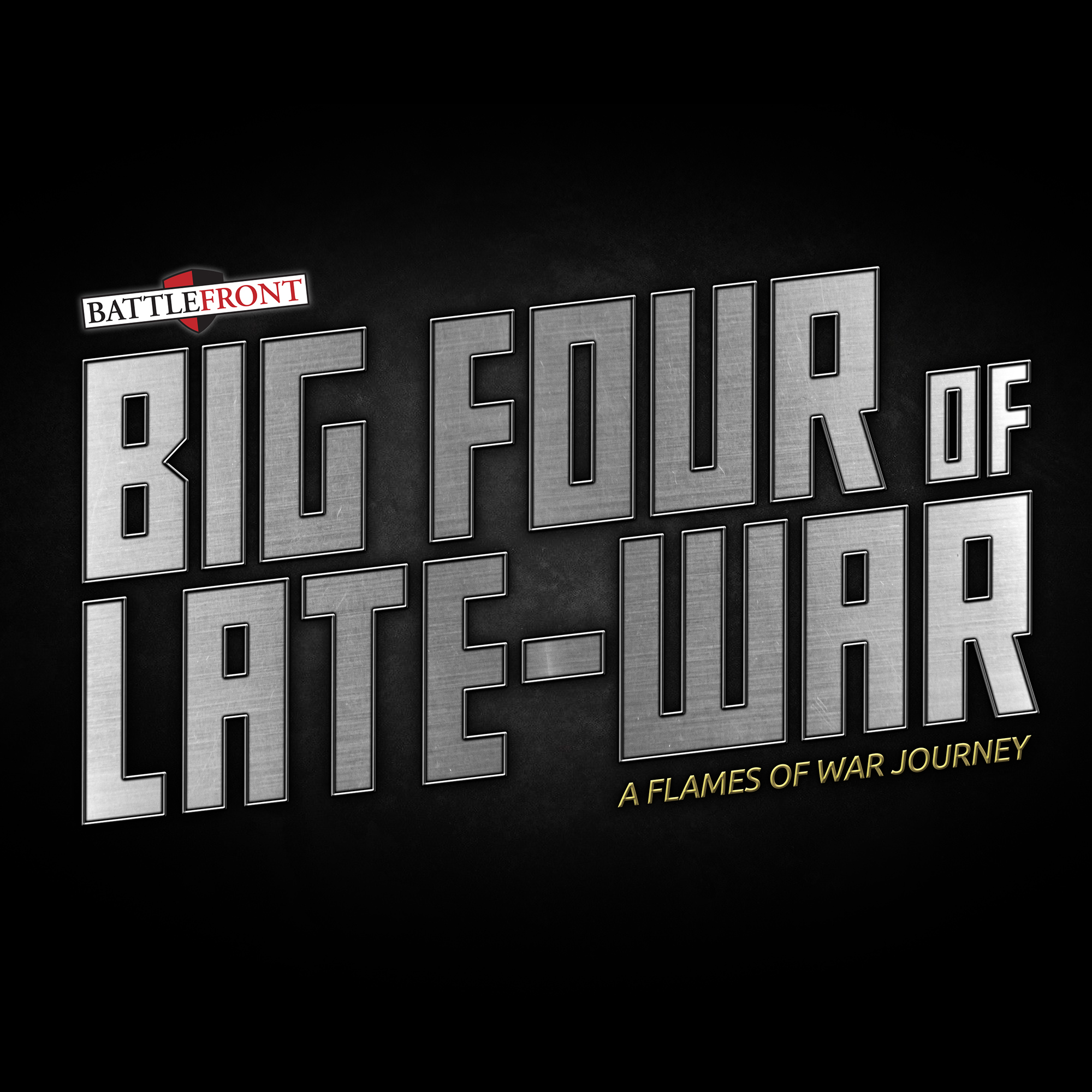
|
The Big Four Of Late War
Collectively the Big Four Of Late War, studio stalwarts Casey, Chris, Victor and Wayne and embarking on the Late War Journey to build new armies alongside Flames Of War players around the world.
This will be like no “Tale of Four Gamers” series of articles that you might have seen in the past. Instead it will be an epic journey (one with Tanks instead of Ringwraiths) that will take part over four years…
Follow their progress over on the dedicated Big Four website.
The Big Four Of Late War website...
And see whats happening behind the scenes over on their Instagram page.
Big Four Of Late War Instagram...
|
|
A Guide To Painting British Uniforms
Khaki drab Battledress and “Battle Bowlers”, the iconic British helmet, are the trademarks of the WW2 British soldier, the “Tommy”. This article, hopefully, will help you with the basics of painting your British troops to be ready for battle on the tabletop. The colours I’ve chosen to use are my personal preferences so please don’t treat them as “gospel” I’ve used Vallejo paints exclusively for the figures shown below so if you want colour matches from other paint ranges you’ll need to visit the FoW paint chart.
A Guide To Painting British Uniforms...
|
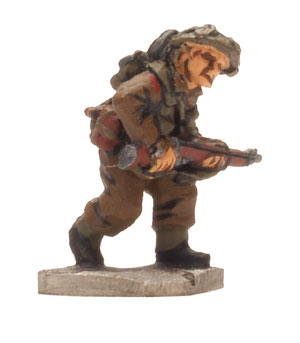
|
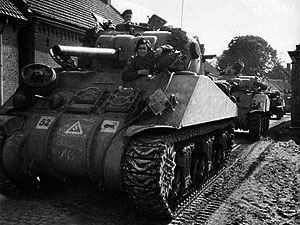 |
British Tank Markings in Normandy
The following article is an attempt to gather together the available information on the British, Canadian, and British supplied tank formations that served in Normandy. Included are the tactical markings, unit signs and arm of service flashes (the numbered coloured squares).
As we go through the divisions and brigades we’ll take a look at the component regiments and a little of their service in Normandy.
British Tank Markings In Normandy...
|
|
Churchill Tanks In Normandy
Churchill tanks were amongst the first armoured vehicles to land on the beaches of Normandy in support of the Allied invasion of France on 6 June 1944. This article looks at the history and naming conventions of Churchills in Normandy
Churchill Tanks In Normandy...
|
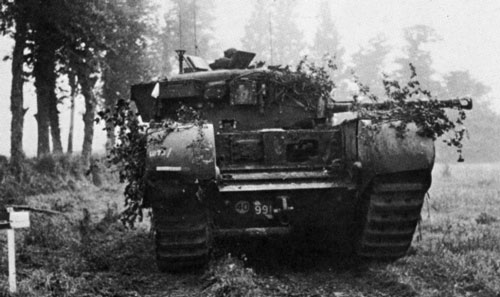
|
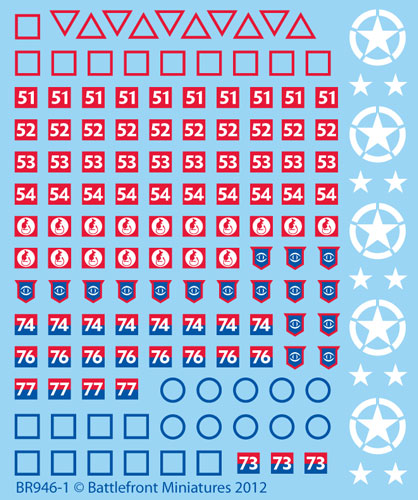 |
Late-war British Decal Recognition Guide
The Late-war British decal set covers a lot of ground. For the uninitiated, it can prove quite daunting to determine which decals go where. But never fear, in this article I will provide a quick recognition guide to help show you what the decals are for.
Late-war British Decal Recognition Guide...
|
|
Blending In:
Using Foliage To Camouflage Your Tanks
As Monty Python told us, camouflage is the art of how not to be seen. One of the simplest ways to achieve this, when driving around in a natural environment, is to take some of that environment with you.
Blending In: Using Foliage To Camouflage Your Tanks...
|
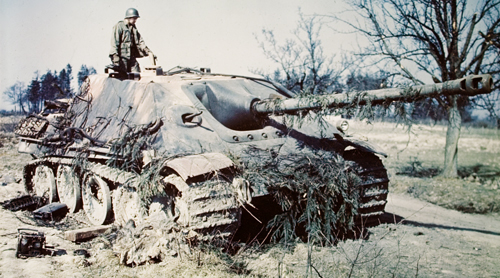
|
|
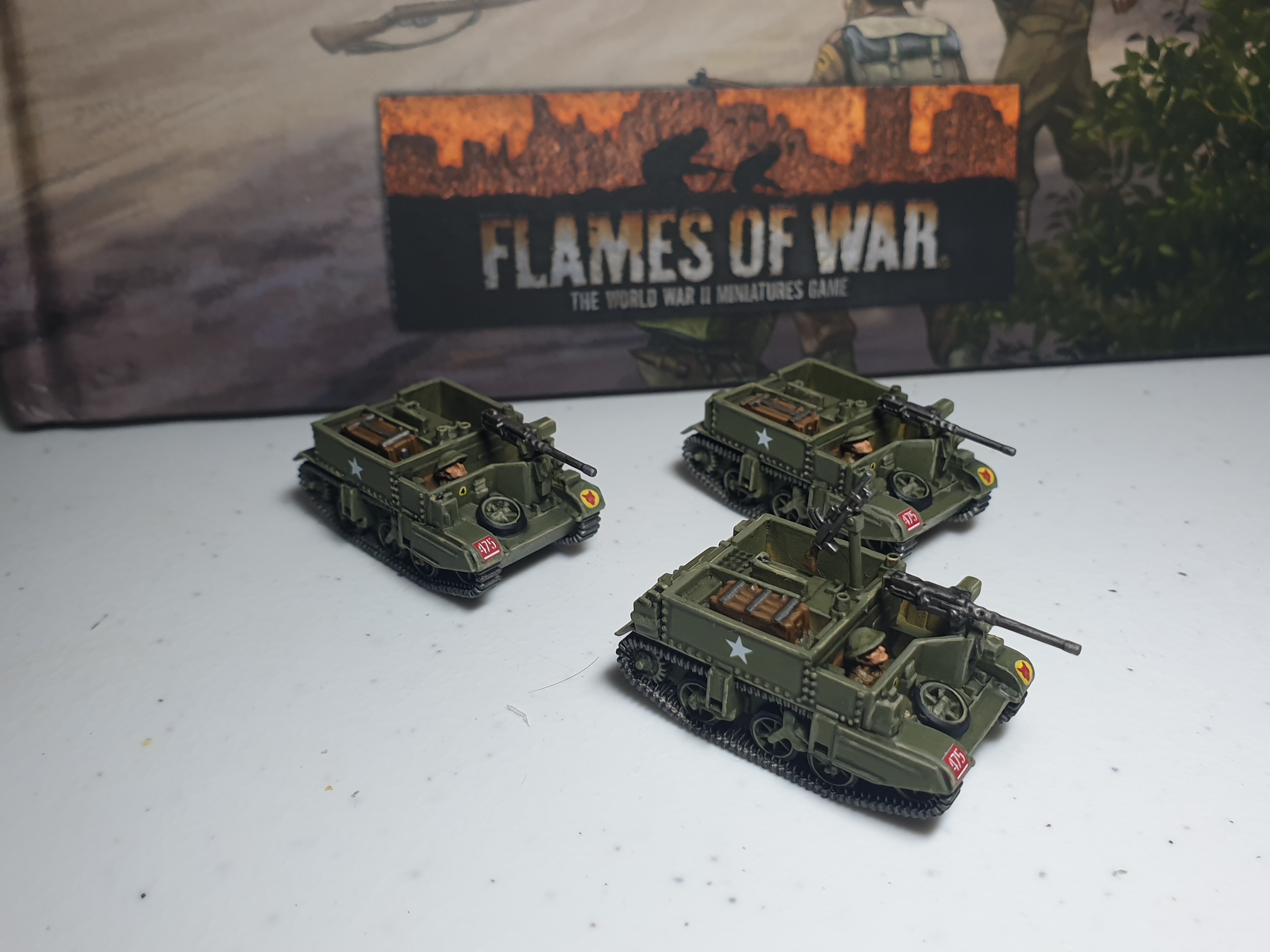
|
Converting a .50cal Carrier – How to annoy your opponent!
One of the Command Cards that I think is interesting in D-Day: British is the .50cal Carrier Card. In the previous version my regular opponent would always upgrade his bloody annoying carriers with .50cals and shoot up my poor German armoured cars and infantry... I hated these things with a passion! Every time we played, I would make sure I wiped out those things as soon as I could. But soon he would use that against me as well, and would use them as bait.
Converting a .50cal Carrier – How to annoy your opponent!...
|
| Decal Basics |
Techniques: Zimmerit |
|
|
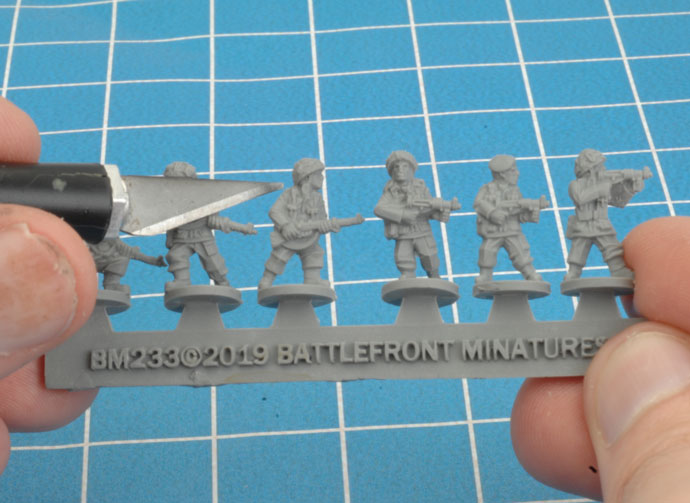 |
Working With Thermoplastic
Since Thermoplastic is a relatively new technology, and as working with it is slightly different to any of our other plastic figures, it’s worth taking you through a few primers on how Thermoplastic behaves and how you can get the most out of our new figures.
Working with Thermo Plastic...
|
|
Working with Plastic, Metal and Resin Miniatures
The Flames Of War range of miniatures are predominantly produced in Plastic, but there are some models made out of metal and/or resin. Each of these different mediums provide different benefits, however there are some things you need to know when working with them.
Plastic, Metal and Resin Miniatures...
Flexible Plastic Miniatures...
|
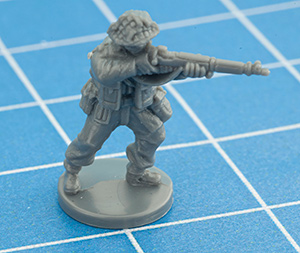
|
Last Updated On Tuesday, August 18, 2020
|
|
|